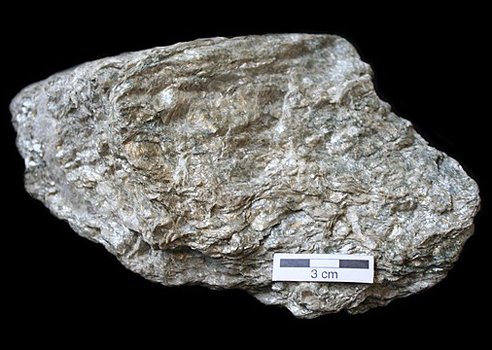Reading time: Less than 1 minute
Increase your vocabulary and you’ll make your writing much more precise. That’s why I provide a word of the week. Today’s word: schist…
My uncle was a geologist but I never even took a basic overview course while in school. (A die-hard ‘artsie,’ I avoided most science classes like the Plague.)
Perhaps this is why I didn’t understand the word schist when I encountered it in the Amy Waldman novel A Door In the Earth.
Here is how Waldman used the term:
They left the foothills behind. Taking hairpin turns, they wound along a canyon lined with towering cliffs of schist, and amidst the powerful sensation of being constructed by these mountains, Parveen briefly forgot her physical torments.
Schist, it turns out, is a metamorphic rock, (see photo at the top of this post) meaning it is a rock modified by heat, pressure, and chemical processes, while buried deep within Earth’s surface. It is made up of plate-shaped mineral grains that are large enough to see with an unaided eye.
Schist is not a rock with many industrial uses. Its abundant mica grains make it a rock of low physical strength, usually unsuitable for construction aggregate, building stone, or even decorative stone. It can be used as a fill when the physical properties of the material are not critical.
But it is often the host rock for a variety of gemstones that form in metamorphic rocks. For example, gem-quality garnet, emerald, sapphire, ruby and many other gem materials are found in schist.


